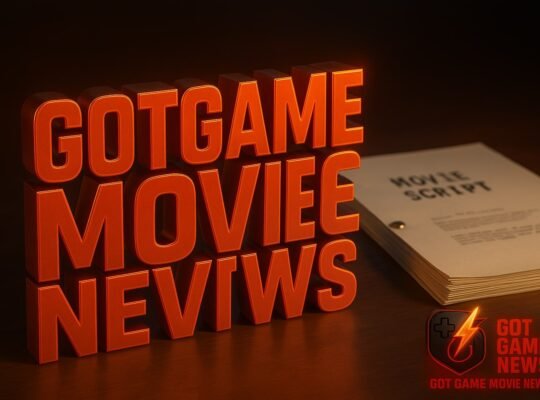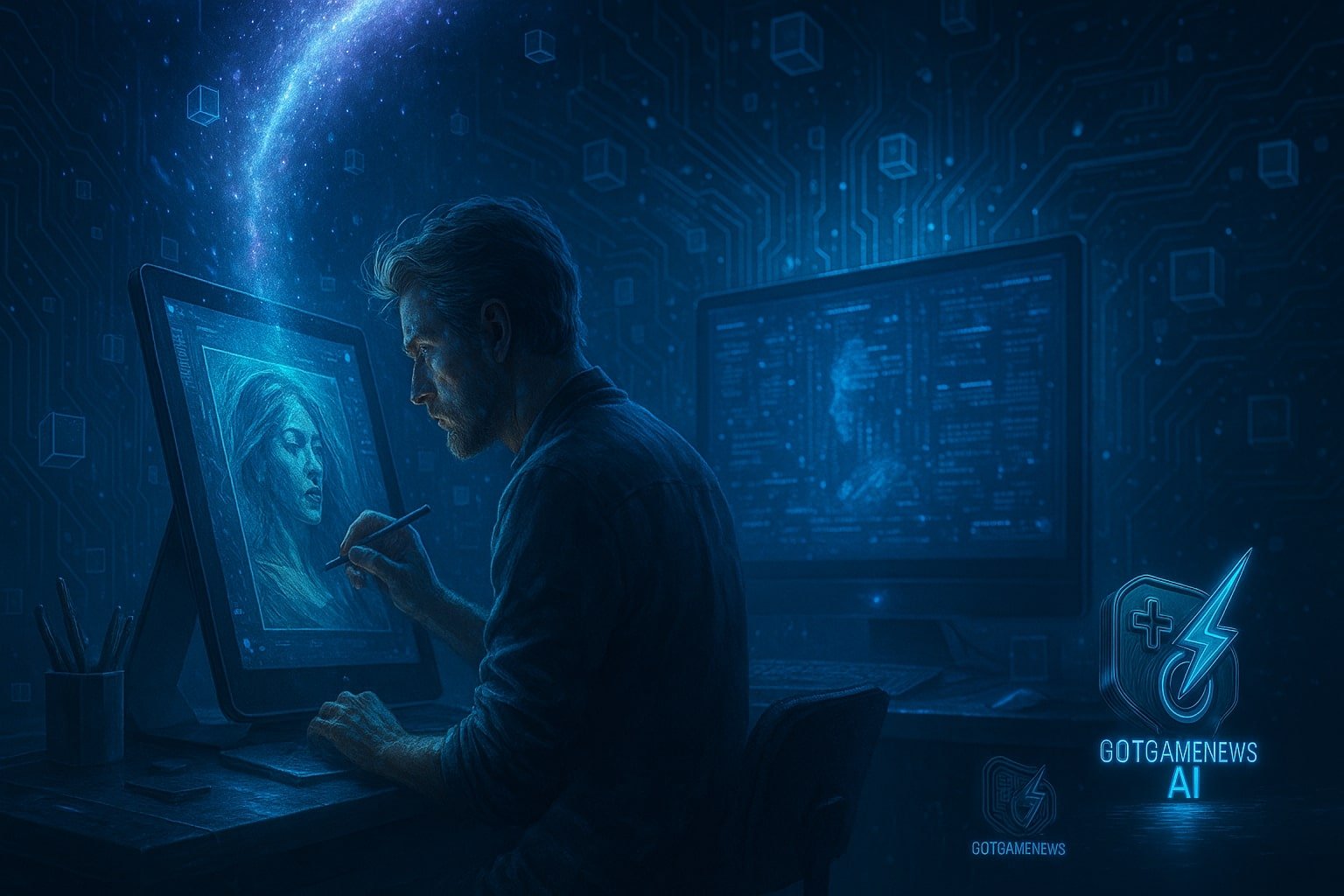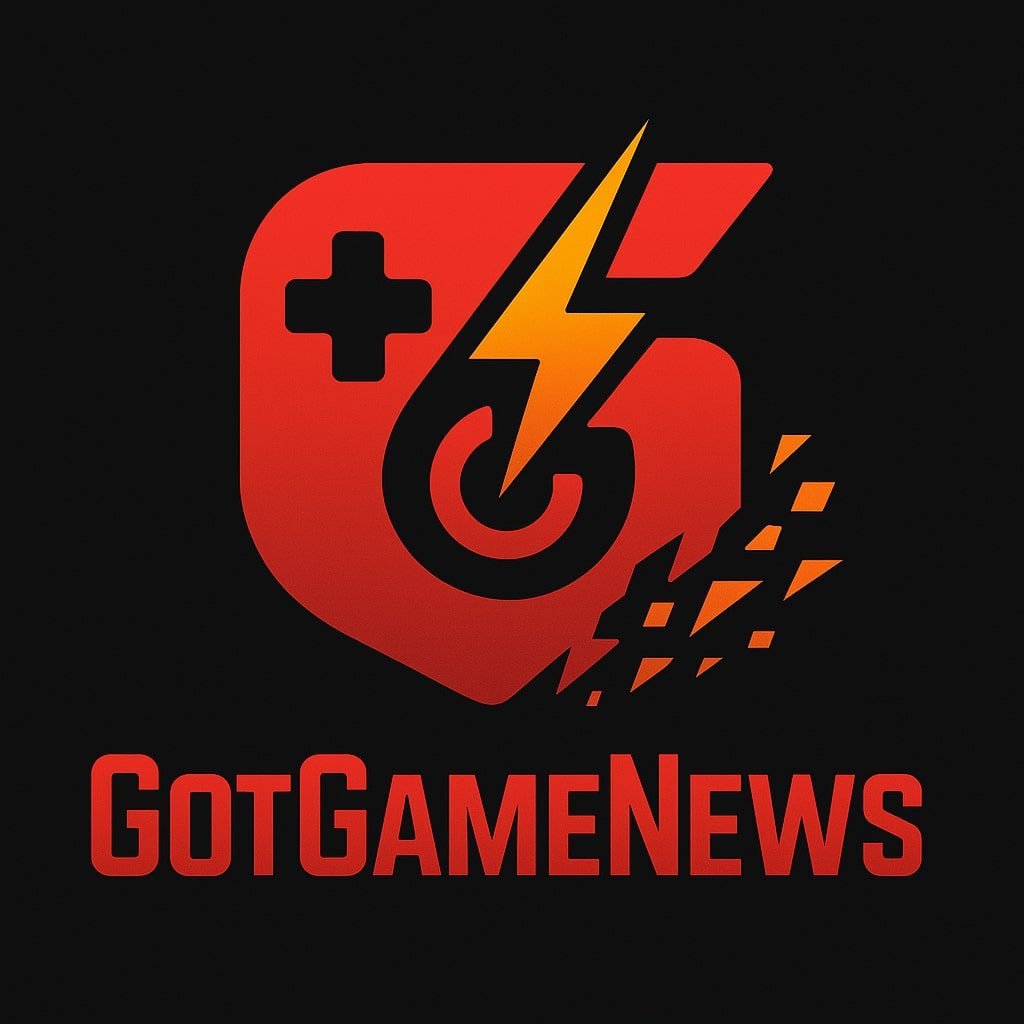Generative AI tools are accelerating creativity—but also sparking fierce debates about authorship, originality, and who truly owns a work of art. Whether it’s a novel, a symphony, or a painting, artistic integrity—the unique imprint of human intention—must remain central in this age of algorithmic creation.
Writing: The Ghost in the Machine
AI writing assistants can speed up drafts and enhance clarity—but they also risk replacing the writer’s voice. Critics argue AI-generated prose can be generic or emotionally flat. The same AI that helps polish your paragraph could also strip away the nuance that makes it yours. The question isn’t just “Can AI write?” It’s “Should AI write for me?” Maintaining artistic integrity means ensuring these tools support—not supplant—your creative spark.
Tools to Protect Integrity — and Empower Creators
Preserving artistic integrity isn’t just about protest—it’s about tools. For writers, the right AI assistant can help clarify ideas, streamline structure, and enhance style without replacing the human voice. Resources like E‑TipsDaily’s Top 5 AI Tools for Writers offer a guide to balancing creativity and technology. Tools like ChatGPT, Jasper, and Writesonic can empower journalists, authors, and content creators—so long as they’re used as collaborators, not ghostwriters.
These tools, when used ethically, can actually strengthen integrity by making creators more productive, accurate, and focused—helping them spend less time formatting and more time thinking. But the line between enhancement and erasure is thin—and worth guarding carefully.
Music: When AI Sings Your Lost Hero
In May 2025, modern worries took center stage with AI tools mimicking voices of deceased icons like Kurt Cobain and Amy Winehouse, and deepfake songs sampling Drake and The Weeknd—like the viral track “Heart on My Sleeve”. These AI-generated mimicries provoke deep concerns: Who owns the posthumous voice? Is creativity reduced to a neural snack?
Musicians are mobilizing. The UK’s “Is This What We Want?” protest album—12 tracks of studio silence by over 1,000 artists including Kate Bush, Damon Albarn, Annie Lennox, and Paul McCartney—is their message: silence speaks louder than stolen art. Meanwhile, in Washington, the Recording Academy’s NO FAKES Act drew testimony from Martina McBride aimed at protecting artists’ voice and likeness rights.
Then there’s the Timbaland controversy. His new AI label, Stage Zero, sparked backlash over concerns about whether submitted human music was used to train AI models. Will.i.am emphasized at Cannes Lions that artists need to know how and why AI is being used, or creative trust rapidly erodes.
Visual Arts: Imitation or Theft?
Visual artists are facing their own reckoning. A notable controversy involved the Colorado State Fair awarding a top prize to an undisclosed AI-generated artwork, igniting outrage from traditional artists. And digital artist yeurei was recently accused of passing off AI-generated or traced work as original, intensifying debates about authenticity and transparency in online art.
Major auctions at Christie’s & Sotheby’s are showcasing AI art—but not without criticism. Many creators argue these works rely on unlicensed data scraped from human-made art. As one artist put it, AI art can feel like “mass theft” unless creators’ rights are respected.
⚖️ Ethics, Integrity & What Artists Demand
Common threads run across these controversies:
- Consent for training data – Artists want transparency and the right to opt in or out.
- Attribution – If AI recreates a distinct voice or aesthetic, who gets credit?
- Compensation – With forecasts showing AI could cut creator incomes by up to 25%, artists are demanding financial fairness (more here).
- Transparency – Will.i.am stressed artists must understand the systems behind AI creation.
🧩 Conclusion: Integrity by Design
AI isn’t inherently bad—but artistic integrity must be designed into its use. In writing, AI tools should amplify, not erase, the writer’s voice. In music, consent and royalties for voice-cloning are non-negotiable. In visual art, full disclosure of AI methods builds trust.
The creative community isn’t rejecting AI—they’re drawing lines. From silent protest albums to new legislative frameworks, the message is clear: build with AI, but don’t override the artist.





